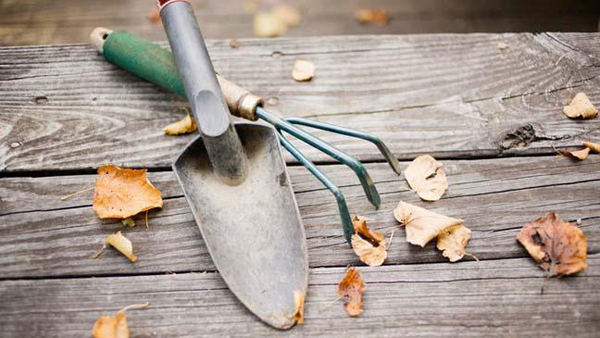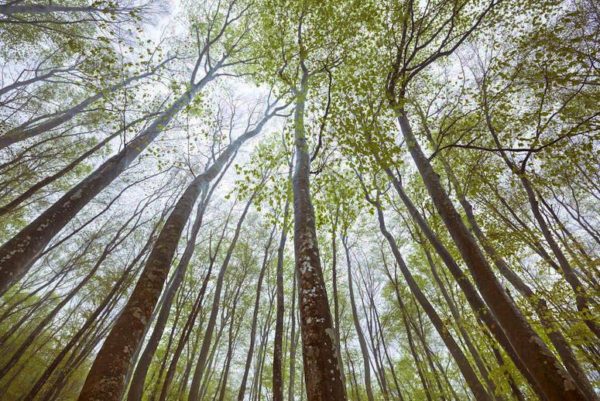
September is a great time to assess the summer. Summer travels are wrapping up and the gardens are producing fall crops, getting ready for winter rehab. So, how did your garden grow? Are you awaiting the fall tomatoes and fall greens?
As the frost approaches (expected mid-October), remember the whole tomato plant can be removed from the ground and hung upside down in a garage-like area to allow the tomatoes to continue to be vine-ripened. This is also the perfect time to collect, build and prepare a cold frame. A cold frame extends the growing season and, during a mild winter, will allow year-round cool-weather vegetables. I prefer a cold frame, as components of a climate-controlled unit can be borrowed and integrated.
I built a cold frame from bales of straw and an old storm window. I hand-sawed two of the bales into angled sides, using the two removed sections as the front wall. I stacked their high ends on the outside and overlapped the smaller ends in the middle. The back wall was a complete bale. The straw provided some insulation from the cold air and would decompose into the garden bed throughout the next season. It was a small area, about 24 by 30 inches. The storm window was laid on top. The mistake I made was deciding not to remove the paint or the grout. Both separated in chunks and sheets throughout the winter, dropping onto the soil. Unfortunately, little pieces fell into the soil. Learn from my mistake, and remove both before use.
I had spinach and turnip greens within the cold frame. Plant them soon so they can germinate before it is too cold.
If you are committed to this concept, consider a high tunnel. If you have the poles from a discarded tent, carport or similar portable structure, convert it to a high tunnel. You can walk into a high tunnel; consider it a tall cold frame. Passive and/or controlled heat can be added. Plants can be in the ground or in pots. Be flexible as you assess what works best, and make changes accordingly.
When I travel throughout the country, I enjoy discovering the patterns and priorities of local inhabitants. What is the uniqueness to the area? How integrated is the area? What do the roadsides look like? How are the trash bins? Are there recycling, compostable, and trash heap bins? Are there people involved with environmental missions? What about the trees? Who speaks for the trees?

This is a great time of year to plant trees. Did you know that a neighborhood with trees commands a higher value than those without trees? As you select the tree to grace your location, know the details of the selected spot.
Remember: right plant in the right place. So . . .
– Are there overhead wires? If so, consider bushes, as most full-grown trees will exceed the height restrictions that exist under wires
– Will it be dropping leaves, or is it coniferous?
– What is the ideal soil type: acidic or alkaline? Will it require soil maintenance?
– How deep do the roots go? Are there pipes, lines or septic in the area where you want it to go? Remember to call 811. Your tree should not create a boom.
– What is the proper canopy of the tree? Is it slender or wide?
With the right selection, maintenance will be minimal, including trimming. Ideally, it will be done for the health of the tree only. If you are tree topping, you are practicing an amateur solution and have the wrong tree in that spot.
Take the time to correctly plant a tree. If you are transporting from the place of purchase, wrap it up. Otherwise, the wind will dry out the leaves, beat up the structure and cause it unnecessary stress.
Have a hole dug that is larger than the rootball of your selection. Fill it with water. It should be drained within 24 hours or the spot should be abandoned. The hole should be two to three times wider than the rootball. Lift by the ball and not the trunk. Remove the wrapping, container and/or wire. Shave off any twisted roots that cannot be straightened.
Place the rootball in the hole. The flare at the base of the tree needs to be at the soil line. Ask a nurseryman if in doubt as the incorrect depth can kill a tree. Fill the hole with the same soil removed from the hole. Be sure the tree stays straight. Step on the soil to remove any air pockets. If it is a windy area, be sure to stake it.
A newly planted tree should receive deep waterings each week. A goal of 6–8 gallons per 1-inch diameter is a good guideline. Fertilizer is not needed in its first year. A two- to three-inch depth of mulch should be extended to the drip line of the tree’s canopy. Avoid putting the mulch up to the trunk and creating a volcano with the mulch and tree.
Ongoing Education
Classes at the Ag Center on John R. Rice Boulevard are held on Farmer’s Market days: Tuesdays and Fridays at 9 a.m. for approximately one hour. Find more information at rutherford.tennessee.edu
Sept. 3 – Seasonal Eating
Sept. 6 – Rabbits 101
Sept. 10 – Cucurbits (gourds)
Sept. 13 – Prepare for Fall Lawn Care
Sept. 17 – Rethink Your Drink
Sept. 20 – Cool Season Vegetable Gardening
Sept. 24 – Seasonal Eating
Sept. 27 – Fermentation of Fall Vegetables













